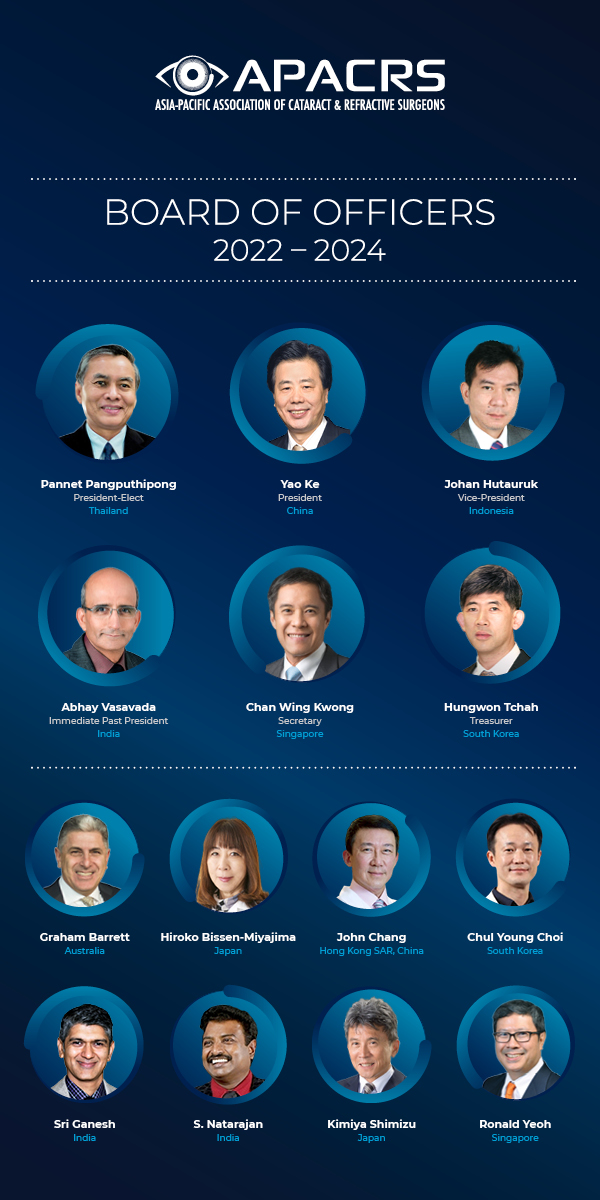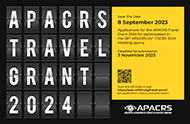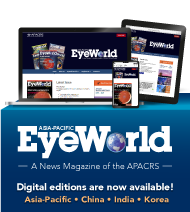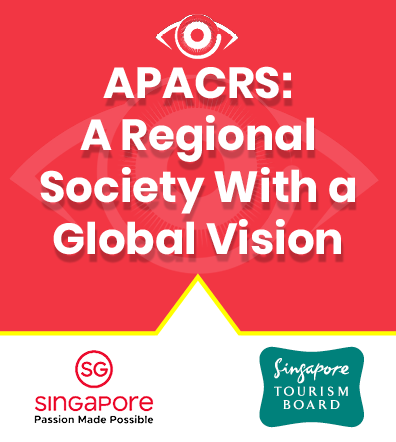Eyeworld Weekly Update |
Volume 19, Number 40 |
21 November 2014 |
- Iluvien granted Irish, Belgian marketing authorizations
- Eylea granted Japanese approval for DME
- Improper CL use linked to ocular infections
- Valeant buys Nicox's U.S. ophthalmic diagnostics subsidiary
- Advanced Cell Technology changes name
- Actavis buys Allergan for US$66B
Iluvien granted Irish, Belgian marketing authorizations
Iluvien (190 micrograms intravitreal fluocinolone acetonide implant in applicator) has been granted marketing authorization in both Ireland and Belgium for the treatment of vision impairment associated with chronic diabetic macular edema (DME) considered insufficiently responsive to available therapies, developer Alimera Sciences (Atlanta, Ga., U.S.) said in a news release.The 36-month sustained release implant now has marketing approval in 13 countries, Alimera said.
Eylea granted Japanese approval for DME
Eylea (aflibercept) has been granted Japanese marketing approval for the treatment of diabetic macular edema, according to marketer Bayer Yakuhin Ltd. (the Japanese subsidiary of Bayer Healthcare, Leuven, Germany). Eylea is already marketed in Japan for the treatment of neovascular age-related macular degeneration, macular edema secondary to central retinal vein occlusion (CRVO), and myopic choroidal neovascularization (myopic CNV). Bayer has licensed all worldwide rights outside the U.S. to Eylea from Regeneron (Tarrytown, NY, U.S.).Improper CL use linked to ocular infections
Each year, Americans make nearly a million doctor visits for eye infections, resulting in US$175 million in direct healthcare costs, the Centers for Disease Control and Prevention (CDC, Atlanta, Ga., U.S.) has estimated in the first study of its kind. Contact lens wear is the largest single risk factor for developing the infection, CDC said. After analyzing national databases of outpatient care centers and emergency room visits, the CDC found Americans made an estimated 930,000 visits to doctors' offices and outpatient clinics and 58,000 emergency room visits annually due to eye infections. Women were slightly more likely to be affected than men, accounting for 63% of office visits and about 55% of emergency room visits. The condition was spread relatively evenly across age groups.Wearing contact lenses overnight, not cleaning and replacing storage cases frequently, and exposing contact lenses to water are some of the key behaviors that increased the risk for keratitis, CDC said.
The CDC has created a website for consumers on how to prevent eye infections and proper contact lens wear: www.cdc.gov/contactlenses.
Valeant buys Nicox's U.S. ophthalmic diagnostics subsidiary
Valeant Pharmaceuticals (Laval, Canada) has acquired Paris-based Nicox's U.S. diagnostics subsidiary Nicox Inc., in a deal worth up to US$20 million. Nicox "intends to concentrate its commercial and development resources on ophthalmic therapeutics as part of its strategy to build an international ophthalmic company in Europe and in the United States. The decision reflects the significant opportunities available to Nicox in light of its recent acquisition of Aciex and positive phase 3 results for Vesneo," a novel nitric oxide-donating prostaglandin F2-alpha analog licensed by Nicox to Bausch + Lomb (Bridgewater, NJ, U.S.), the company said in a news release.Advanced Cell Technology changes name
Earlier this month, Advanced Cell Technology (Marlborough, Mass., U.S.) changed its corporate name to Ocata Therapeutics, to reflect the company's focus on "the development of regenerative cell therapeutics for the treatment of ophthalmic diseases," Ocata said in a press release. Ocata is a Native American name for "healer," the company said.Ocata's most advanced products are in clinical trials for the treatment of Stargardt macular degeneration, dry age-related macular degeneration, and myopic macular degeneration.
Actavis buys Allergan for US$66B
Actavis (Parsippany, NJ, U.S.) will acquire Allergan (Irvine, Calif., U.S.) for a combination of cash and shares; the transaction is estimated to be worth about $66 billion. The combined company will be among the top 10 pharma companies in the world, with pro forma revenue of more than $23 billion expected in 2015. The new company will have a commercial presence across 100 markets, according to the press release.Most recently, Allergan was in the midst of a hostile takeover by Laval, Canada-based Valeant Pharmaceuticals.
RESEARCH BRIEFS
- Needle revision with subconjunctival mitomycin-C (MMC) may successfully lower the intraocular pressure (IOP) in eyes with a failing deep sclerectomy (DS) bleb in the long term, according to a new study. A. Koukkoulli and colleagues retrospectively evaluated all needle revisions with MMC for DS blebs between 2002 and 2008. Sixty-six eyes of 66 patients were included in the study. Subconjunctival MMC 0.01-0.02 mg was injected 15 minutes before needle revision in all cases. Mean follow-up after index needle revision was 67.8±24.8 months. The mean number of needle revisions was 1.6±0.8. Two or more procedures were done in 31 eyes (47%). Mean preoperative IOP was 23.2±6.9 mm Hg. Complete and partial success rates were 64% and 71% at 1 year, 57% and 68% at 3 years, and 40% and 58% at 5 years after surgery, respectively. The study is published online ahead of print in Graefe's Archives of Clinical and Experimental Ophthalmology.
- Significant intraoperative complications likely to affect refractive outcomes and patient satisfaction after femtosecond laser-assisted cataract surgery (FLACS) or standard phacoemulsification cataract surgery were low overall, according to Robin G. Abell and colleagues. In this prospective, consecutive, comparative cohort case series, eyes underwent either FLACS (n=1,852 eyes) or standard phaco (n=2,228 eyes). There was a significant improvement in vacuum/docking attempts, surface recognition adjustments, treatment, and vacuum time during the FLACS procedure. Anterior capsule tears occurred in 1.84% of eyes in the FLACS group and 0.22% of eyes in the standard phaco group (P<0.0001). There was no difference in the incidence of anterior capsule tears between the first half and second half of laser-assisted cases. Anterior capsulotomy tags occurred in 1.62% of the FLACS eyes. There was no significant difference in posterior capsule tears between the two groups (0.43% versus 0.18%). The incidence of significant intraoperative corneal haze and miosis was higher and the effective phacoemulsification time significantly lower in the FLACS group (P<0.001). The study is published in the Journal of Cataract & Refractive Surgery.
- Iontophoresis was associated with weaker damage of corneal sub-basal nerves and anterior keratocytes compared with conventional procedures, but the demarcation line was present in less than 50% of cases and was more superficial than with the traditional procedure for treating keratoconus, according to N. Bouheraoua and colleagues. They compared the efficacy and early morphological changes in the cornea in 45 eyes of 45 patients with progressive keratoconus who underwent corneal collagen crosslinking (CXL) following conventional (C-CXL, n=15), transepithelial by iontophoresis (I-CXL, n=15), and accelerated collagen crosslinking (A-CXL, n=15). Follow-up was at 1, 3, and 6 months after surgery. Compared with preoperative values, the mean corneal sub-basal nerve and anterior stromal keratocyte densities were significantly lower at 6 months in the C-CXL and the A-CXL groups (p<0.001), whereas they returned to preoperative values in the I-CXL group (p=0.083 and p=0.909, respectively). The corneal demarcation line was visible 1 month after surgery in 93% of cases (mean depth, 302.8+74.6 µm) in the C-CXL group, in 87.5% (mean depth, 184.2+38.9 µm) in the A-CXL group, and in 47.7% (mean depth, 212+36.5 µm) in the I-CXL group (p=0.006). The study is published in Investigative Ophthalmology & Visual Science.
- Tomey USA (Phoenix, Ariz., U.S.) introduced the TMS-4N Corneal Topographer with features like auto shot function, large patient database, Fourier refractive analysis, and keratoconus screening that "make this device easy in handling as well as efficient and fast in operation," Tomey said.
- Konan Medical (Irvine, Calif., U.S.) launched the EvokeDx, the next-generation visual pathway diagnostics platform to assess visual evoked potentials (VEP) and electroretinograms (ERG), the company announced. EvokeDx is FDA 510(k) cleared and the CE mark is anticipated in the first half of 2015 (an application for glaucoma diagnostic indication has not yet been submitted to FDA for review).
- Optical Express (London, UK) launched a state-of-the-art personalized eyecare report, iScan, in the UK. The iScan Report is a detailed series of diagnostic tests and prescription analysis, incorporates a 3-D map of the eye as well as eye health details that are not typically part of a written eye prescription.
 Licensed Publications |
Licensed through ASCRS American Society of Cataract and Refractive Surgery, 4000 Legato Road, Suite 700, Fairfax, VA 22033-4003, USA.
All rights reserved. The ideas and opinions expressed in EyeWorld Asia-Pacific Weekly News do not necessarily reflect those of the ASCRS�ASOA or APACRS. Mention of products or services does not constitute an endorsement by the ASCRS�ASOA or APACRS. Copyright 2008, EyeWorld News Service, a division of ASCRS Media. |




 EyeSustain Update
EyeSustain Update 2024 APACRS TRAVEL GRANT
2024 APACRS TRAVEL GRANT Digital EyeWorld
Digital EyeWorld VOL. 39 (2023), ISSUE 3
VOL. 39 (2023), ISSUE 3  Membership Information
Membership Information APACRS Principles of Preferred Practice
APACRS Principles of Preferred Practice